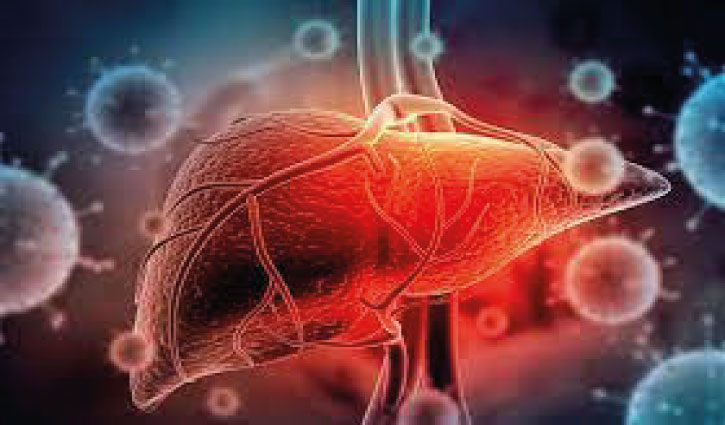Basic Steps in Medical Processes: Diagnosis, Diagnosis and Treatment: Medical diagnosis, assessment, and treatment are integral components of healthcare aimed at understanding, identifying, and managing various health conditions. This comprehensive process involves a series of steps and methodologies conducted by healthcare professionals to ensure accurate and effective patient care. Below is a detailed explanation of the key aspects of medical diagnosis, diagnosis, and treatment.

Medical Diagnosis:
Medical diagnosis is the process of determining a patient‘s health condition and defining it in a systematic manner. It encompasses various elements and follows a structured approach:
- Patient History:
- A thorough examination of the patient’s symptoms, past health issues, genetic history, and lifestyle factors.
- Identification of family history and genetic predispositions.
- Physical Examination:
- Conducted by a physician, a physical examination assesses the patient’s overall health status and vital signs (blood pressure, pulse rate, respiratory rate, body temperature).
- Laboratory and Imaging Tests:
- Utilization of tests such as blood work, urine analysis, and imaging techniques (X-rays, Magnetic Resonance Imaging – MRI, Computed Tomography – CT) to evaluate the condition of internal organs and systems.
- Diagnostic Signs and Symptoms:
- Evaluation of symptoms reported by the patient and signs observed by the physician.
- Identification of crucial symptoms and indicators critical to the diagnostic process.
Medical Diagnosis:
is the culmination of the diagnostic process, where a specific health condition is named and identified for the purpose of initiating appropriate treatment.
- Clinical Diagnosis:
- The diagnosis based on patient history, physical examination, and laboratory test results.
- Clinical expertise and experience of the healthcare professional play a crucial role in this process.
- Laboratory and Imaging Diagnoses:
- Identification of diseases based on test results.
- Imaging techniques reveal structural changes in organs.
- Differential Diagnosis:
- The process of excluding a range of diseases that may present similar symptoms, to narrow down .
Medical Treatment:
involves the management and improvement of diagnosed conditions and diseases, and it varies depending on .
- Advertisement -
- Pharmacological Treatment:
- Use of medications to alleviate symptoms or cure the disease.
- Dosage and duration determined by the physician.
- Surgical Intervention:
- Surgical operations based on imaging results.
- Commonly employed in cases of cancer, heart diseases, and trauma.
- Physical Therapy and Rehabilitation:
- Utilization of physical therapy methods to support recovery post-surgery or for conditions involving movement restrictions.
- Other Treatment Modalities:
- Specialized treatments like radiation therapy, chemotherapy, and psychotherapy.
Conclusion:
Medical diagnosis, assessment, and treatment are intricate processes requiring a multidisciplinary approach. The personalized nature of these processes, tailored to individual patient needs and health conditions, underscores the importance . Continuous monitoring and assessment ensure the efficacy of the treatment plan, contributing .
click for more information!











